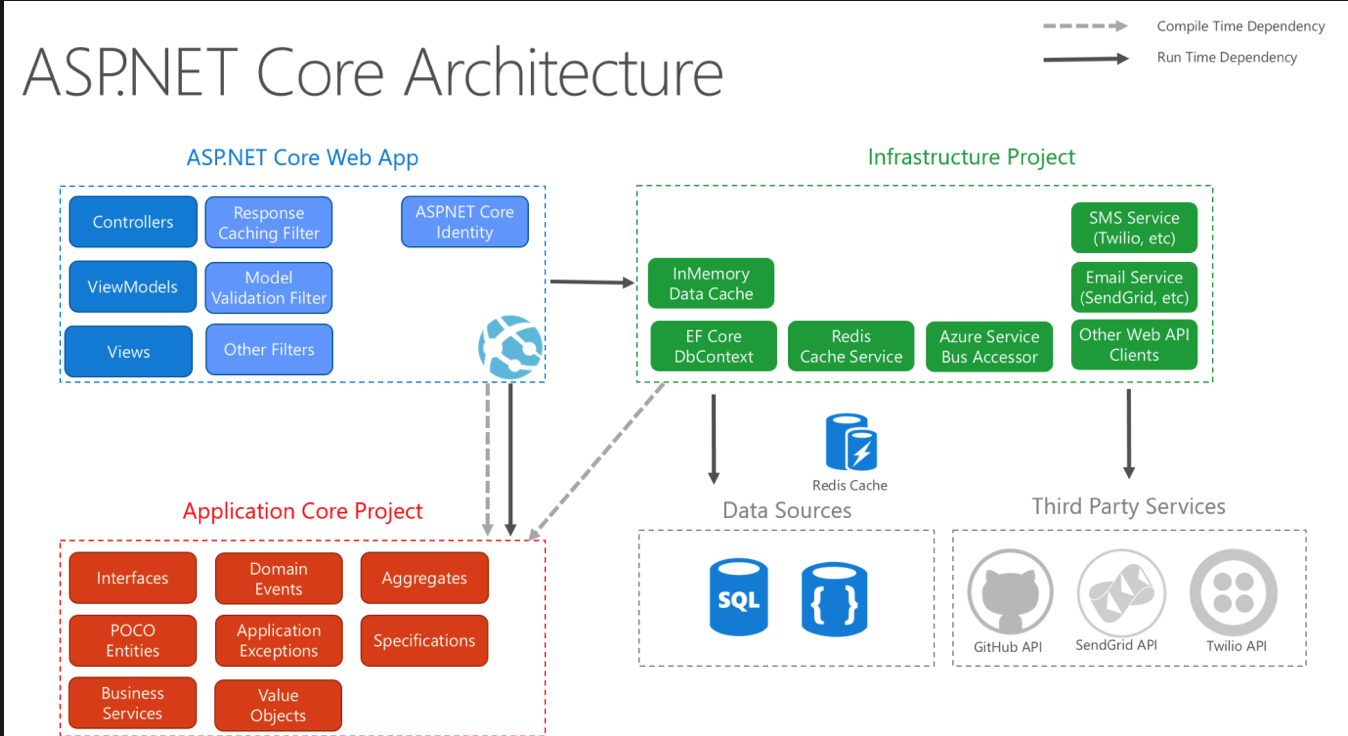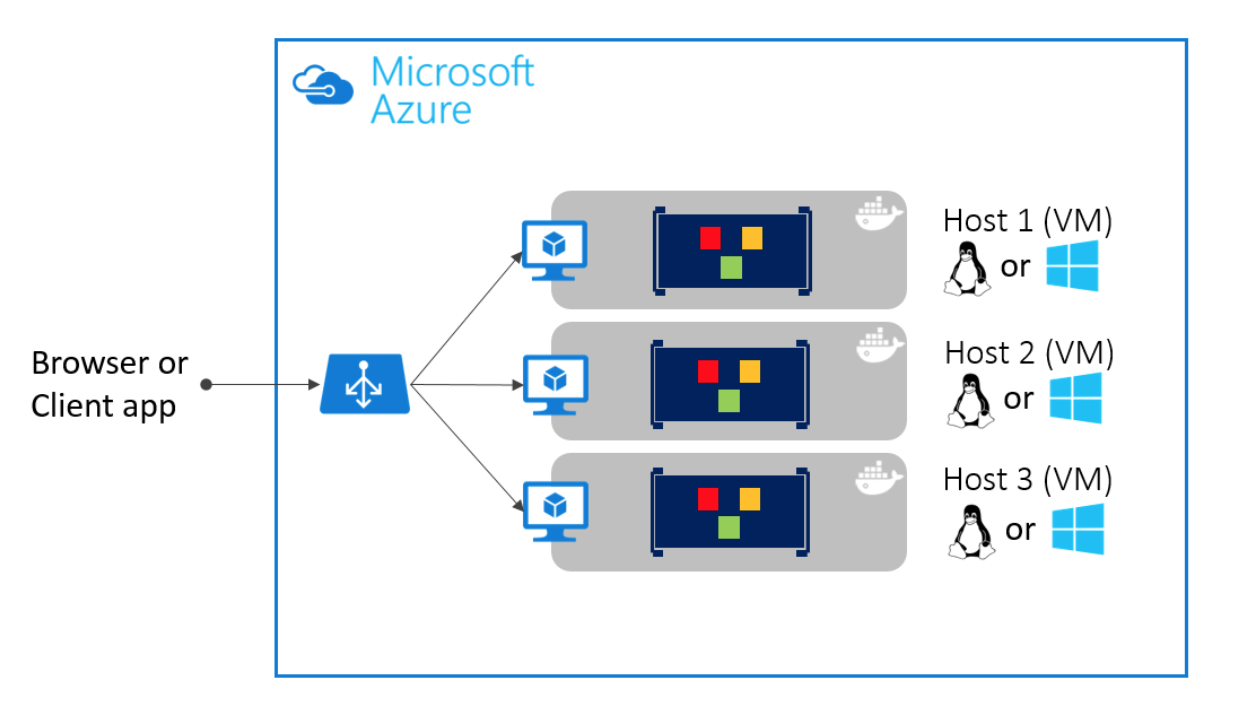Software is developed to serve different purposes. Successful commercial and enterprise applications are much more than the user interface. It’s all about what’s going on behind the scenes to get the job done.
Custom software, for example, can help staff become more productive while minimising manual and repetitive tasks. However, if there’s significant technical debt or problems with the architecture, it will have a massive impact on your bottom line.
In this scenario, software architecture will make or break your project. Although it might sound complicated, it’s the same as building a house.
Before you start building, you want an excellent architect to plan properly and build up from a solid foundation. The same ethos applies here. When you build software on a robust foundation, you’ll be well-placed to boost your top-line with scalable software.
What’s software architecture?
Software architecture is the blueprint of your software project and system. It maps out the work that must be carried out by the design, development, and implementation teams.
It defines the system qualities such as modifiability, performance, scalability, security, and much more. With unified software architecture, you can also find ways to cut costs successfully (before the first line of code is written).
The architecture lets us know early on if our design approach will lead to a robust system. It makes it easy to identify risks and mitigate them early on in the software development cycle.
It also helps set coding standards, the tools, and platforms that are necessary for the build. Furthermore, architecture defines the software model, how it’ll function, and what hurdles may lie ahead.
When you have all this information upfront, your software development team is well-placed to start cutting costs. It also helps software teams prioritise competing goals and accelerate development.
At Evolve, our software architects consider the following:
- The system administrator’s concerns related to administration, intuitive behaviour, and monitoring tools;
- The end-users’ need for availability, intuitive and correct behaviour, performance, reliability, usability, and security;
- The customer’s concerns surrounding cost, schedule, and stability;
- The marketer’s worry about brand positioning, competitive features, time to market, and cost;
- The developers’ demand for clear requirements that are supported by a simple and consistent design approach;
- The project manager’s need for schedules, predictability in tracking, the efficient use of resources, and staying within the budget.
As you can see from the above, when you have thought all of this through, you know exactly what you’re going to do, how you’re going to do it, and what to expect throughout each iteration.

How has software architecture evolved?
In the beginning, software architecture designs were only taken into consideration during the first phase of development. The reasoning behind this was that it would be too difficult to change in the later stages of the development cycle.
Check out how our Cloud-native architecture solution has helped Bridgestone, one of the world's leading tyre manufacturers, save time and improve the bottom line by focussing their staff on more business-critical tasks, adding transparency and optimising Cloud expenses.
However, this thought process comes into direct conflict with agile development methodologies, where software engineers work in increments and iterations. With the emergence of microservices, it’s hard to ignore that it’s an evolving process.
Microservices architecture
With microservices architecture, your software can be divided into small functional modules. These are loosely coupled together, making it easier to iterate and make structural changes during sprints.
Together, this equals less unexpected delays, lower development and design costs, and faster time to market.

In other words, planning your architecture helps avert a potential nightmare down the road.
For example, you launch your software and find that it’s messy and quite clunky (impacting user experience). It has nothing to do with the end-user, but with the technical debt, the scope of change during implementation, etc.
So you invest more time and resources to eliminate your technical debt, restructure the architecture, and release an updated version, months later.
In this scenario, your company has taken a significant hit when it comes to brand image. You’re also left with extra expenses and the challenge of convincing users to give it another go.

So whether you’re working with an in-house team or an extended team, it’ll be vital to hire a software architect who can view the architecture from several different standpoints.
While each might be relevant from an individual standpoint, taking this approach enables a “helicopter view” of the product. Various perspectives are necessary for deciding the best direction for the process and the best way forward.
Different standpoints and standards will be driven by architectural principles, patterns and anti-patterns, empirical practices, and more.
S.O.L.I.D. design principles
Successful architecture adheres to S.O.L.I.D. design principles. When followed correctly, it helps avert common product strategy mistakes that often lead to software failure.
S.O.L.I.D. principles are as follows:
- Single responsibility principle – one class should have only one reasonability.
- Open-closed principle – software components should be open for extension but closed for modification.
- Liskov substitution principle – derived types must be completely substitutable for their base types.
- Interface segregation principle – clients shouldn’t be forced to implement unnecessary methods that they won’t use.
- Dependency inversion principle – depend on abstractions, not on concretions.
Benefits of having proper software architecture put in place
Access agility and increase speed-to-market
The complexity of the software can hinder the pace of innovation. In response, architects help development teams see the “bigger picture” in terms of operations and management.
They make it easier to manage complex system landscapes like hybrid and multi-cloud workloads and more. Software architects also define how DevOps and NoOps architectures are structured and applied. They also drive training efforts whenever needed.
Accept accountability for solution outcomes
Software architecture helps development teams thrive within the constraints of competing schedules, budgets, and skill shortages. It allows IT leaders to plan better to achieve expected outcomes.
Even if you’re not working with front-line technologists, everyone is accountable for overall project outcomes.
Boost developer productivity
Product owners and project managers improve developer productivity by addressing architectural concerns, choosing programming languages, and off-the-shelf tools. When you eliminate the need for software developers to make architectural decisions, they can focus on coding.
In a rapidly changing technology landscape, architects are required to tailor development tools and languages to encourage collaboration.
Optimise operating costs
When migrating to the cloud, you can save money by considering the different cost profiles and the degree of vendor lock-in and access to cloud credits. This means that system designers will move away from static cost sizing to more dynamic predictions.
Depending on what you choose, for example, infrastructure-as-a-service or platform-as-a-service, the nature of the service or system usage and access patterns will have a significant impact on operational costs.
Like any physical structure, good architecture is key to maintaining quality and extending the lifetime of your digital product. It also makes the overall development and management process effortless.
Robust software architecture is both profitable and much easier to modify over time. This helps companies meet the rapidly changing demands of customers’ cost-effectively.
Do you have an upcoming software project and need help with your software and/or Cloud-native architecture?

